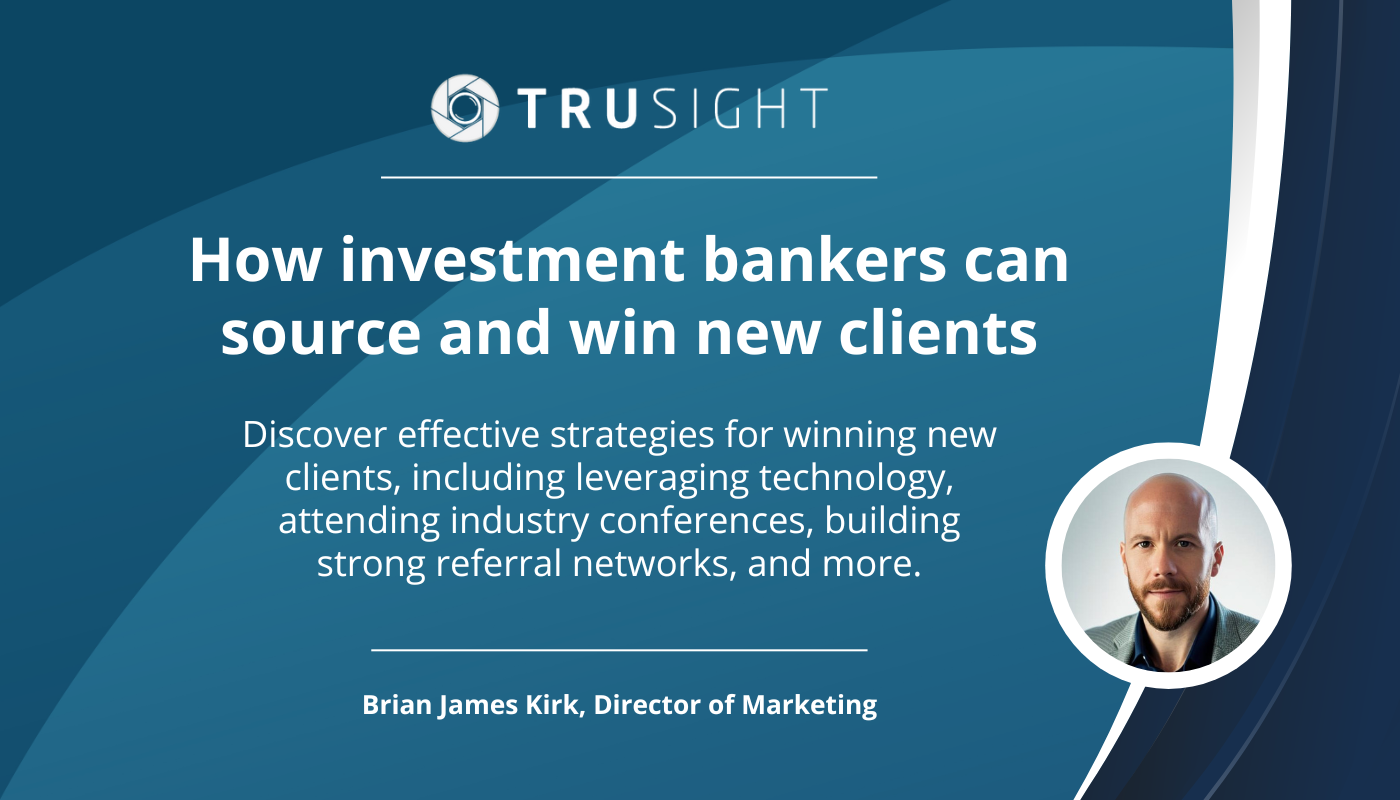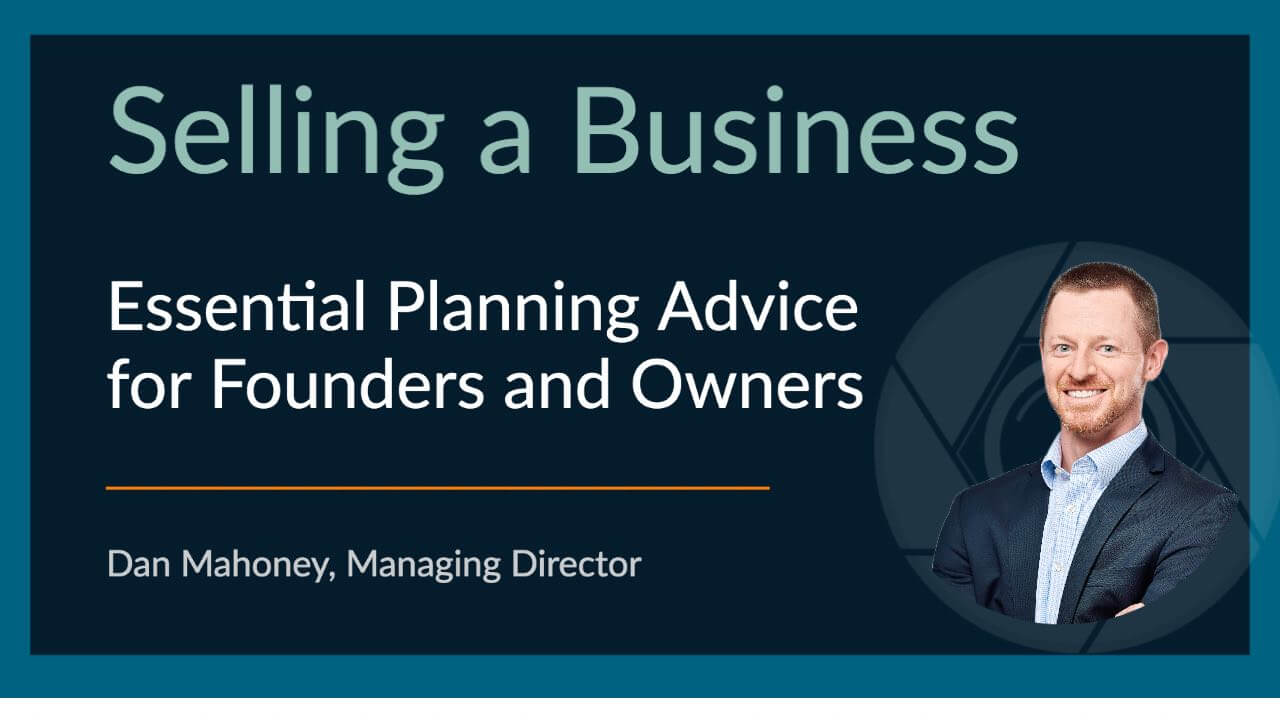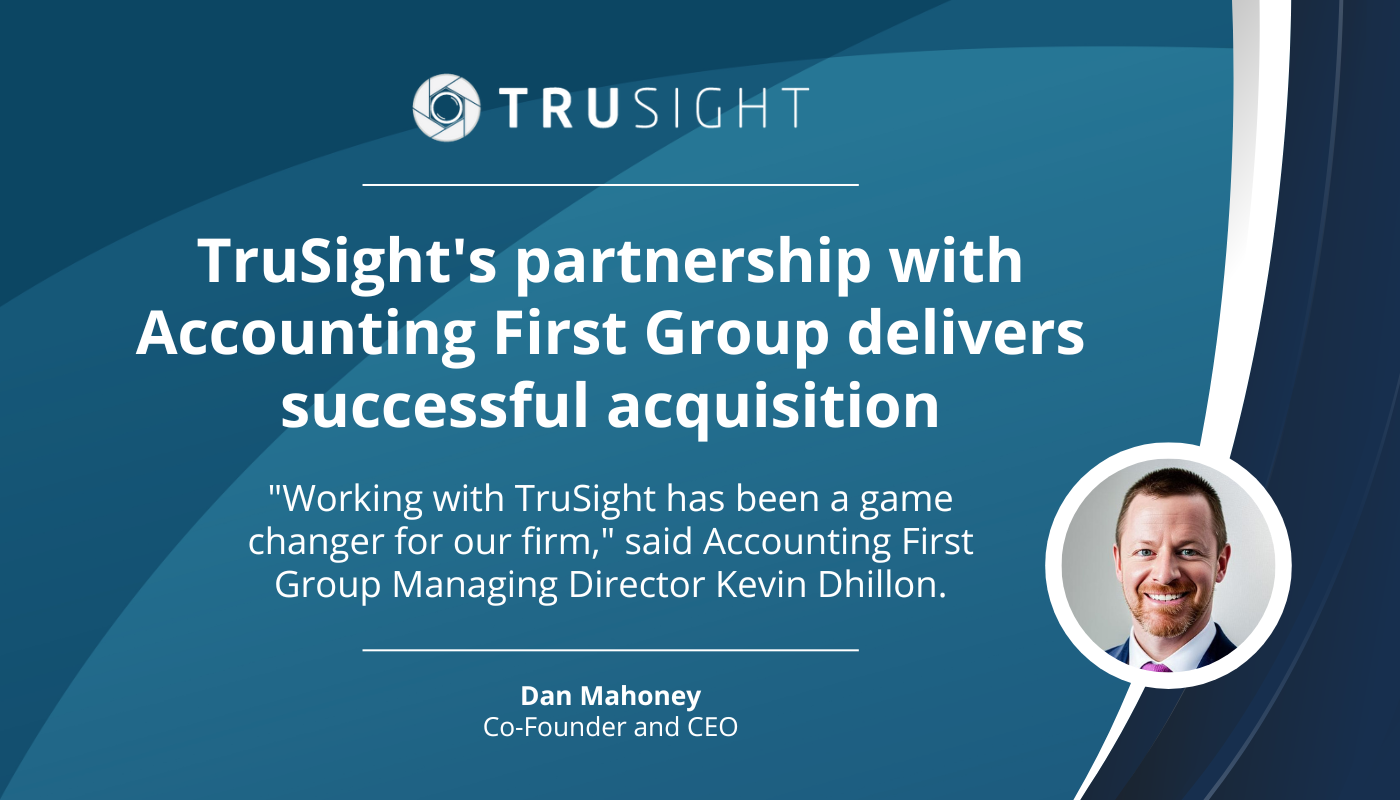In Brief:
An Outline of the Deal Sourcing and Business Development Process for Investment Banks, Sell-Side Business Advisors, and Business Brokers to Identify a Buyer for Their Client's Company
- Analyze Financial Buyers vs. Strategic Buyers
- Determine a Narrow vs. Broad Sell-Side Auction Process
- Best Practices for Researching and Identifying Potential Acquirers
- The Use of Marketing Automation for Engaging Potential Buyers, Communicating Effectively, and Building Trust
- How to Identify The Proper Contact within a Private Equity Firm or PE Portfolio Company
I frequently discuss Deal Origination and Business Development strategies with industry leaders in my work with clients across the spectrum of Private Equity Funds, Family Offices, and Private Investors. Additionally, our firm's work varies in the services we provide, from acting as an outsourced business development team to an extension of a firm's deal origination practice and working with private companies to support their acquisition efforts.
This unique perspective allows me to see various approaches and organizational models and learn about the industry's challenges.
In this article, I share the model process to find the right buyer for a private company in today's evolving and competitive M&A landscape.
For Investment Banks, sell-side business advisors, and business brokers, it can often take months of cold calling, networking, attending conferences, and pitching before finally landing a client. Your prospect, whom you have been building a relationship with for months (maybe years), has finally decided to sell their business, and they have hired you as their advisor. You completed the kickoff meeting, drafted marketing materials, and are now ready to market the business.
Below is a summary of the process steps TruSight, LLC recommends to optimize the workflow to research, source, and find the right buyer for your client’s company.
1) Analyze Your Financial Buyers vs. Strategic Buyers
Your client’s objectives will dictate the composition of strategic buyers vs. financial buyers that you target.
Strategic buyers, also known as Strategic acquirers, are operating companies. They are usually comprised of competitors, customers, or suppliers. Strategic buyers often have a longer time horizon with their acquisitions and hope to capitalize on the synergies created from the transaction.
Financial buyers, also known as "financial sponsors," are typically private equity firms, family offices, venture capitalists, hedge funds, and high-net-worth individuals. Financial buyers acquire companies as an investment and typically have a shorter holding period than strategic acquirers, usually exiting after five to seven years through the sale of the company or an initial public offering ("IPO").
2) Determine a Narrow vs. Broad Sell-Side Auction Process
There are advantages and disadvantages to a narrow vs. a broad sell-side auction process.
A narrow approach consists of a limited party outreach to reduce the risk of confidentiality leaks, specifically targeting buyers who can capitalize on synergies with a quicker path to close the transaction.
A broad auction process involves a more significant number of potential acquirers, consisting of both strategic and financial buyers, to maximize the possibility of identifying the right acquirer and driving up the valuation through a competitive process.
3) Research and Identify Potential Acquirers
Once you determine the composition of financial vs. strategic acquirers and decide on a narrow vs. broad sell-side auction process, the next step is to build the buyer list.
The buyer list is the group of potentially interested parties receiving the initial marketing materials. Building the buyer list for a deal can be accomplished through the following:
A Proprietary Database: If your firm maintains broad relationships and an up-to-date CRM system with copious notes, this can serve as a great resource to identify potential acquirers based on their investment criteria, latest investment objectives, and recent acquisitions.
Third-Party Databases: There are several M&A subscription databases in the market. You'll want access to a database that tracks acquirers, executives at those firms, their portfolio companies, and recent transactions.
Further, you should ensure the database is accurate (comprehensive and current). In searching for a database, look for one that allows you to screen through various fields to narrow the field of relevant investors. Ideally, you should be able to filter by:
Investment Criteria: screen for acquirers that fit the minimum requirements regarding revenue, EBITDA, enterprise value ranges, and check or investment size per deal.
Transaction Type: screen for acquirers with investment appetites within the business stage your client is operating – Venture Capital, Growth Capital, Debt, Majority Recap, Control Buyout
Industry Sector: screen acquirers for those specifically interested in your client's industry.
Geography: certain funds are limited based on geographic constraints. For example, funds that are SBIC cannot invest outside the United States. Family offices and smaller private equity firms also tend to have geographic limitations because they prefer investing in targets within a specific geographic footprint.
Keyword Search: When the results from the previously used criteria above yield a limited buyer pool, the best approach is often a keyword search. Using specific keywords that describe your client as a filter to retrieve similar portfolio companies/investors who express interest in the identified keyword.
We have found www.PrivateEquityInfo.com to be an ideal tool for performing this type of research. The data is accurate and up-to-date, and the user interface is easy-to-use. We have used Private Equity Info for more than ten years. We liked the company so much we acquired it.
Another great option to screen for investors is public resources:
Websites such as sec.gov allow you to retrieve SEC filings of publicly traded companies. You can access 10K / Annual Reports within these filings, which usually provide an industry overview and competitors. This will give you a good starting point regarding the major players within your client's industry and potential acquirers. You can also access the investor presentations of publicly-traded companies, which usually disclose competitor landscape and industry information – all great resources to retrieve potential buyers.
Those with significant M&A experience know that relationships ultimately close deals. The tried and true method of attending industry trade shows, conferences, and local business networks provide great opportunities to meet and develop your business network – because trust is how relationships are built over time.
Marketing Automation For M&A Deal Origination
An enhanced online presence is now table stakes to engaging potential buyers, communicating effectively, and building trust.
In today’s business landscape, online marketing, email, websites, and social media are expanding the geographic footprint in which an M&A firm can operate. In addition, the technology allows firms to develop a broader, more comprehensive business network.
As a result, the days of email blasts to an existing contacts database are long over.
In modern digital relationship development, it is vital to respect everyone by ensuring your messaging and deal development communications are sent to buyers where the data indicates a strong potential for interest in the opportunity. Otherwise, you are wasting people’s time.
TruSight, LLC has invested heavily in the tools and capabilities for digital deal origination and online business development. With our marketing tech stack, including the HubSpot marketing automation suite and Salesforce CRM, we continually create and leverage integrated contact and company data to enhance our intelligence and segmentation strategies.
4) Identify the Proper Contacts at the AcquirerAfter compiling the list of potential investors, identify the single best contact person at each firm, typically the key executive at the private equity firm who would have the most vested interests in your deal.
The single best first contact is the executive who holds the board seat to a portfolio company most similar to your client's company.
The second best person to contact is the person leading the private equity firm's business development initiatives. This person is usually in charge of the initial review of the inbound deal flow. Both of these contacts are likely to get back to you quickly.
Strategic acquirers tend to have business development teams to evaluate M&A acquisition targets. In addition, depending on the firm's size, financial sponsors might also have a business development person responsible for identifying and sourcing acquisition targets.
Team members on the board of the relevant portfolio companies are also good contacts in the outreach. This contact information is usually available within a reliable M&A database or the potential acquirer's website.
Finally, while this overview generally covers the significant process steps, there are a few final thoughts to share. Firstly, every firm has varying strengths and weaknesses in each critical area. However, most successful firms are those that take a total process view, are willing to identify areas of improvement, ask for advice and implement the solutions that are working today.
I would appreciate your thoughts or comments.
.jpg)
%20-%20secta.ai.jpg?width=70&name=Dan%20Mahoney%20(1)%20-%20secta.ai.jpg)


